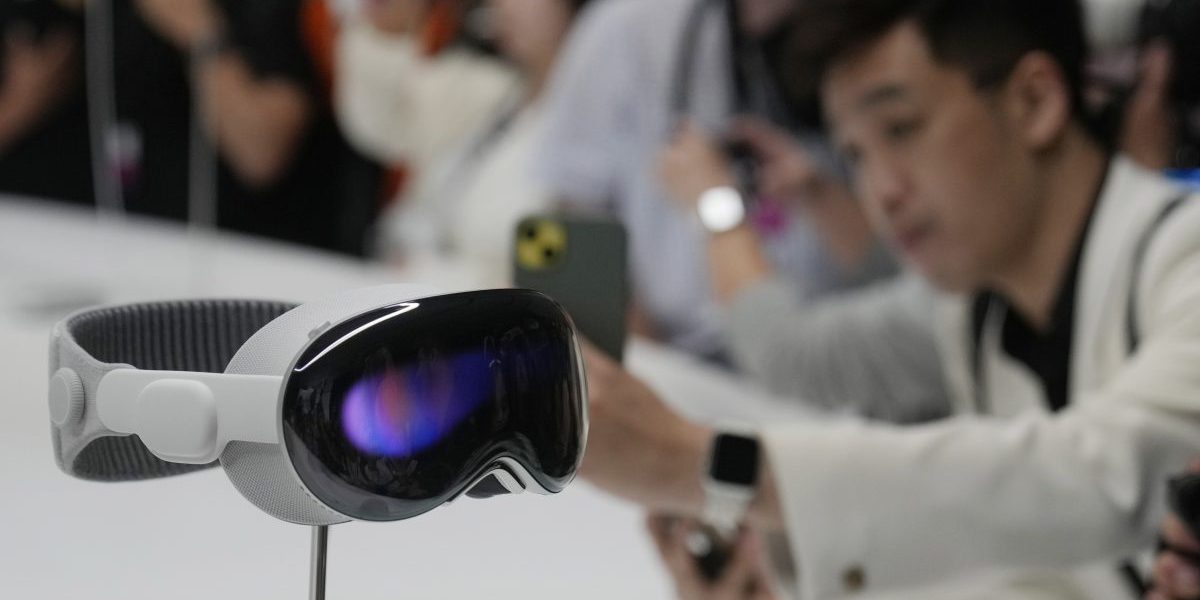Apple will need to convince developers to build apps for its headset

“We do have in our apps a lot of custom elements, so we will have to customize that and spend some time adjusting to match all of the things to run smoothly on Vision Pro,” he says. Nevertheless, he sees the augmented-reality options made available by the Vision Pro as useful for his company’s apps. “I’ll need more time to explore those ideas,” he says, “but I think the device itself is phenomenal.” The imminent release of a software development kit (SDK) for the Vision Pro will help, he adds. (Apple did not respond to a request to comment for this story.)
But even with that support, some developers are uncertain about how to proceed. “I think the cost will be a huge issue for consumer apps at this point,” says Dylan McKee, cofounder of Nebula Labs, a mobile app development company based in Newcastle, UK.
McKee, like others, will have to decide whether the time it will take to retool their apps for a new sort of display is worth the effort, given the potential audience for a product whose price is way out of reach for many. Analysts Wedbush Securities forecast that Apple will ship around 150,000 units of the Vision Pro in 2024. For comparison, the company shipped 55 million iPhones in the first three months of 2023.
Zhadanov believes Apple is positioning the first version of the Vision Pro as “a toy for the middle class and upwards.” That will dictate the potential use cases for Readdle’s apps on the Vision Pro, and the design choices they make.
Still, with the small shipment numbers forecast, McKee will be shying away from expending lots of effort on the Vision Pro. “From my personal perspective, only one or two of the apps we build make sense to port to it, really,” he says. One is an elite sports coaching app where players could benefit from real-time 3D analysis. The other is a medical training app.
“I think the virtual simulations of certain training scenarios could be invaluable,” says McKee. “But both of these are niche products compared to the consumer apps we produce.”




